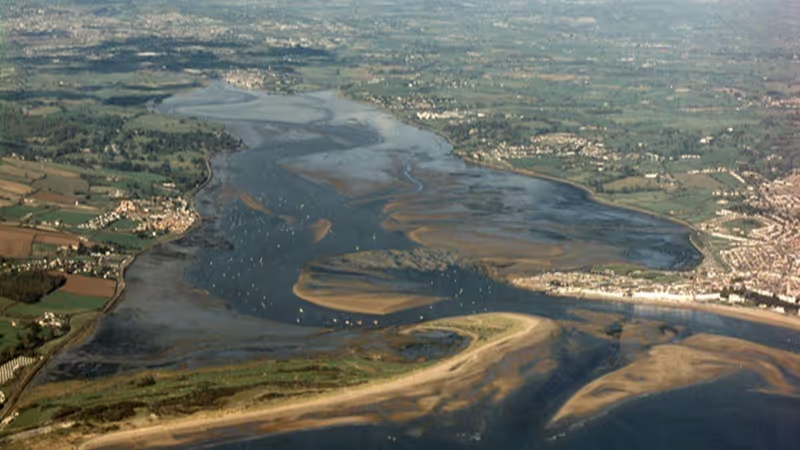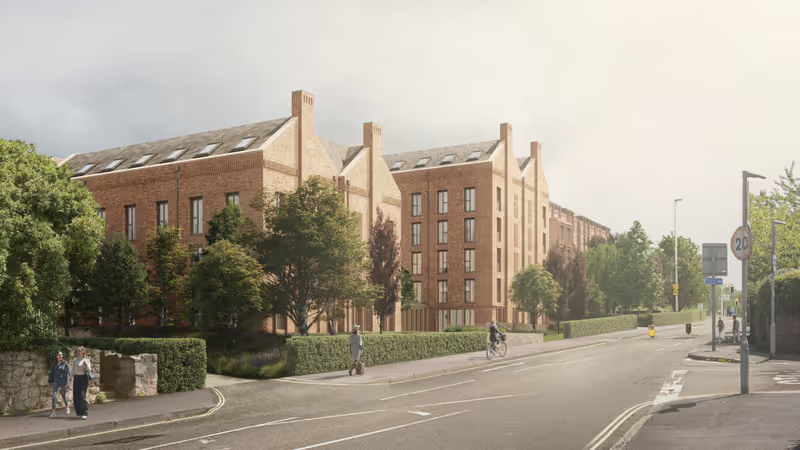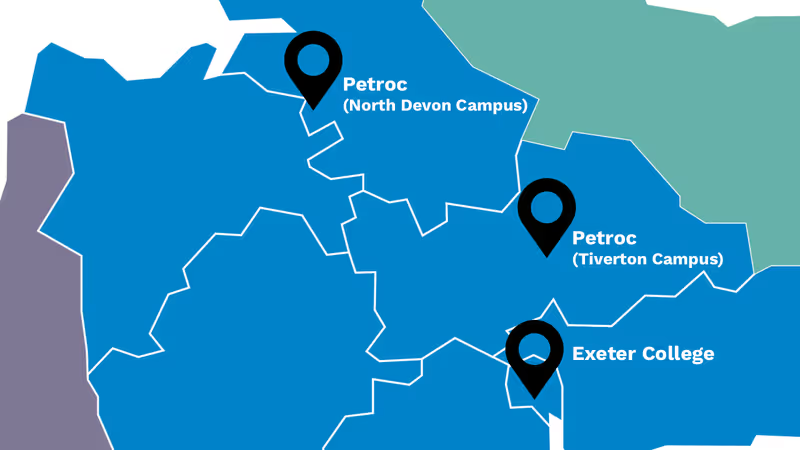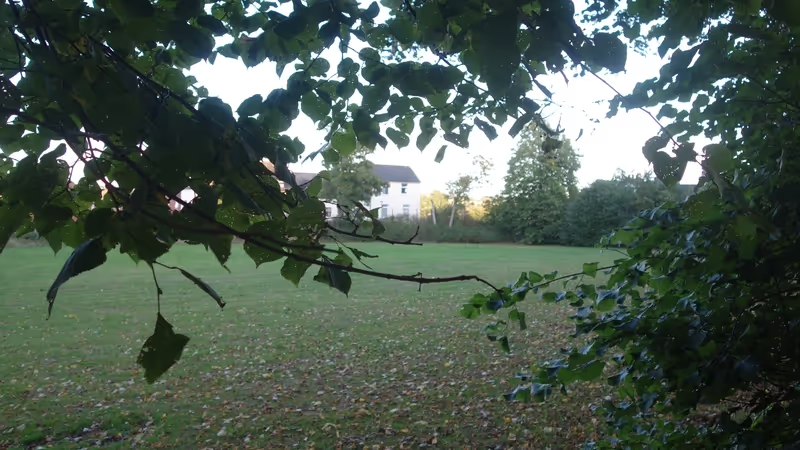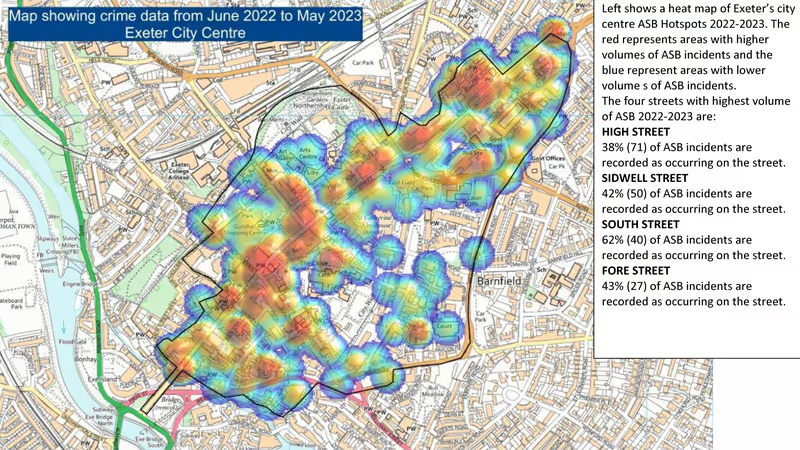Exeter City Council, Teignbridge District Council and Devon County Council have agreed to help fund a project to supply the new South West Exeter development with heat generated by the Marsh Barton waste incinerator.
The scheme is not currently commercially viable because of the need for substantial upfront capital investment and uncertain rates of return, so the councils have agreed to support it with £7.3 million of funding in the form of grants and loans. The funding is expected to come from developer contributions, including the Community Infrastructure Levy. An advance payment of £50,000 will be made available for preliminary infrastructure works to take place.
The incinerator is Exeter’s largest single source of carbon emissions, burning 60,000 tonnes of waste each year. The £45 million plant, which is run in partnership with Devon County Council, currently generates electricity to power the equivalent of more than 6,600 homes. It opened in 2014 and is expected to remain in use until 2050.
The new district heating network will distribute heat generated by burning rubbish to nearby residential and commercial properties through a system of insulated pipes. The heat can be used for both space and water heating, although a dedicated gas boiler energy centre will be required to top it up. This will consume nearly 5000MWh of natural gas each year once the system is fully operational.
 Exeter energy recovery facility. Image: Exeter City Council.
Exeter energy recovery facility. Image: Exeter City Council.
Viridor, the plant’s operator, says export of heat from the facility is around five times more energy efficient than its electricity generation. It will have the capacity to heat new homes and commercial buildings at Marsh Barton as well as those planned as part of the South West Exeter development.
The councils say that the network would reduce carbon emissions from the proposed new homes by up to 2,500 tonnes of CO2 equivalent each year, compared with every home instead using gas-fired domestic boilers. This figure does not, however, account for the carbon emissions generated by the waste incinerator, which were nearly 51,000 tonnes of CO2 equivalent a year in 2018 according to the Department for Business, Energy & Industrial Strategy.
No consideration appears to have been given to the possibility of other sources of heat being used to supply the network in future, apparently committing the city to high impact waste incineration for another thirty years. A wide range of heat sources are used to power the thousands of such heating networks in use around the world, many of which are truly low or zero carbon. These include geothermal and solar energy and heat pumps in a variety of configurations. Denmark is expected to use renewable sources for all its energy by 2050.
 South West Exeter development map. Source: Devon County Council.
South West Exeter development map. Source: Devon County Council.
The South West Exeter development of 2500 new homes on the Teignbridge edge of Exeter will be larger than Exminster. It is presented as an extension of Exeter’s suburbs, although 80% of the new homes will come under the jurisdiction of Teignbridge District Council. It will include a school for 1400 pupils, shops and community facilities.
The 90 hectare site, which stretches from Alphington to the M5 with the A379 dividing it in two, is expensive to develop because of its steep topography, existing road layout and proximity to the environmentally important Exe Estuary. 21.5 hectares are allocated as employment land at nearby Peamore.
Devon County Council received £55.1 million from the national Housing Infrastructure Fund in February 2019 to pay for new roads and junctions, upgrades to roads, a pedestrian/cycle bridge to cross the A379, a public park and community building and a new electricity substation to help enable site development.
The funding is provided as a grant to the county council, which is allowed to reclaim the cost of providing the infrastructure from developers as the housing is built. Once funding is recovered, the county council can use it to support further development sites.
